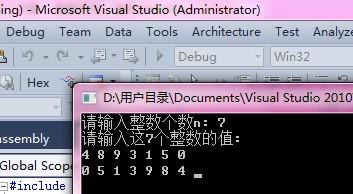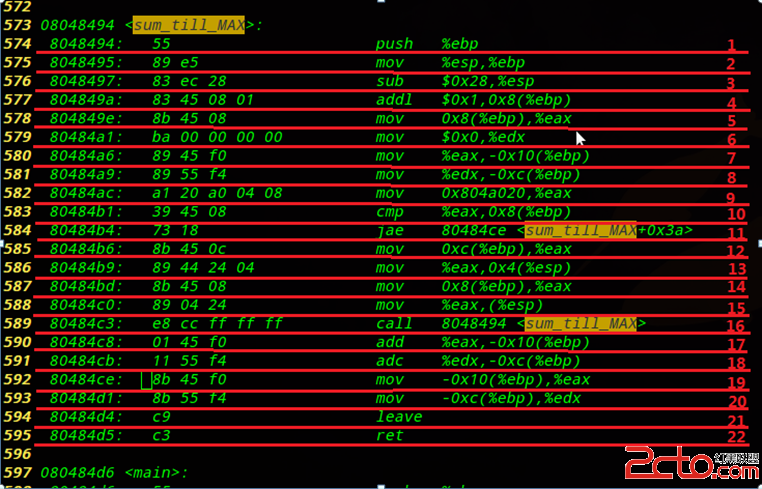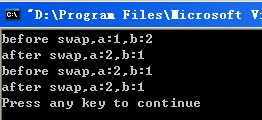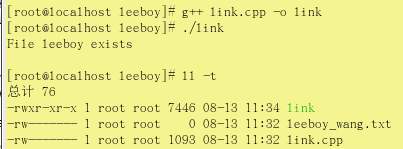UVA 607 (dp记忆化搜索)
Sche易做图ng Lectures
You are teaching a course and must cover n ( ) topics. The length of each lecture is L () minutes. The topics require ( ) minutes each. For each topic, you must decide in which lecture it should be covered. There are two sche易做图ng restrictions:
1.
Each topic must be covered in a single lecture. It cannot be divided into two lectures. This reduces discontinuity between lectures.
2.
Topic i must be covered before topic i + 1 for all . Otherwise, students may not have the prerequisites to understand topic i + 1.
With the above restrictions, it is sometimes necessary to have free time at the end of a lecture. If the amount of free time is at most 10 minutes, the students will be happy to leave early. However, if the amount of free time is more, they would feel that their tuition fees are wasted. Therefore, we will model the dissatisfaction index (DI) of a lecture by the formula:
where C is a positive integer, and t is the amount of free time at the end of a lecture. The total dissatisfaction index is the sum of the DI for each lecture.
For this problem, you must find the minimum number of lectures that is needed to satisfy the above constraints. If there are multiple lecture schedules with the minimum number of lectures, also minimize the total dissatisfaction index.
Input
The input consists of a number of cases. The first line of each case contains the integer n, or 0 if there are no more cases. The next line contains the integers L and C. These are followed by n integers.
Output
For each case, print the case number, the minimum number of lectures used, and the total dissatisfaction index for the corresponding lecture schedule on three separate lines. Output a blank line between cases.
Sample Input
6
30 15
10
10
10
10
10
10
10
120 10
80
80
10
50
30
20
40
30
120
100
0
Sample Output
Case 1:
Minimum number of lectures: 2
Total dissatisfaction index: 0
Case 2:
Minimum number of lectures: 6
Total dissatisfaction index: 2700
题意:给n节课时间,然后有一个一课时时间ti,和一个常数c,课必须连续着上不能换顺序,要求出最少需要的课时,和在该课时下学生不满意度最小值。
思路:前一步利用贪心,可以算出最少课时,就是尽量让多的课挤到一起上,然后在用记忆化搜索,求出该课时下最小满意度
代码:
#include <stdio.h>
#include <string.h>
const int N = 1005;
const int INF = 1 << 30;
int min(int a, int b) {return a < b ? a : b;}
int n, ti, c, count, t[N], dp[N][N], vis[N][N], i, j, num;
int get(int x) {
if (x == 0) return 0;
else if (x <= 10) return -c;
else return (x - 10) * (x - 10);
}
int solve(int x, int y) {
if (vis[x][y]) return dp[x][y];
int &ans = dp[x][y];
if (x == 0) return y ? INF : 0;
else {
ans = INF;
int sum = 0;
for (int i = y; i > 0; i --) {
sum += t[i];
if (sum > ti) break;
int now = solve(x - 1, i - 1);
if (now != INF)
ans = min(now + get(ti - sum), ans);
}
vis[x][y] = 1;
return ans;
}
}
int main() {
int tt = 0;
while (~scanf("%d", &n) && n) {
num = 0;
int sum = 1;
memset(vis, 0, sizeof(vis));
scanf("%d%d", &ti, &c);
for (i = 1; i <= n; i ++) {
scanf("%d", &t[i]);
num += t[i];
if (num > ti) {
num = t[i];
sum ++;
}
}
if (tt) printf("\n");
printf("Case %d:\n", ++ tt);
printf("Minimum number of lectures: %d\n", sum);
printf("Total dissatisfaction index: %d\n", solve(sum, n));
}
return 0;
}
补充:软件开发 , C++ ,




